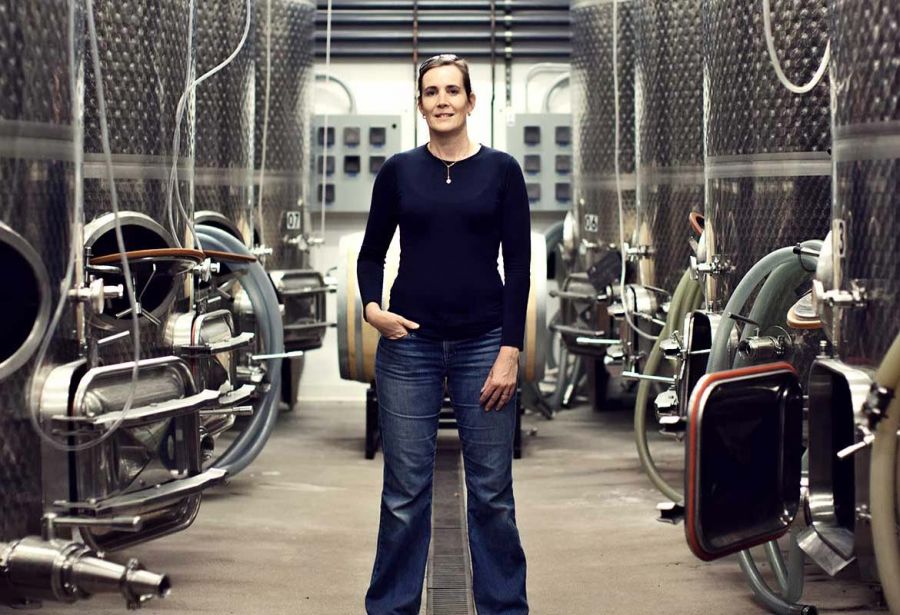Winemaker and viticulturist Severine Pinte doesn't mince words.
"It's catastrophic," she says.
"The extreme cold damage to buds and vines will put a lot of wineries in precarious situations."
Pinte includes the wineries she works at -- LaStella in Osoyoos and Le Vieux Pin on Oliver -- in that dire prediction.

Preliminary analysis after the Okanagan experienced record-low cold temperatures of -22C to -29C on January 11, 12 and 13 shows that 75% of the buds on the vines at LaStella's and Le Vieux Pin's vineyards are dead.
That potentially means a loss of 75% or more of grape yield at harvest in the fall of this year.
That's on top of the 35% loss of yield at harvest 2023 for LaStella and Le Vieux Pin because of winter damage due to a cold snap in December 2022.
Industry-wide in the Okanagan, the grape yield for harvest 2023 is estimated to be down a stunning 54%.
Add that to this year's damage and -- as Pinte said -- the whole wine economy in the Valley will suffer.

The devastation has a ripple effect because wineries will not be able to produce and sell as much wine, employees will be laid off, tasting rooms and wine boutiques will operate on reduced hours or not at all and tourism will suffer because it's one of the Okanagan's cornerstones for visitors along with beaches, golf and skiing.
A bud has three components -- primary (for grapes for the upcoming harvest and the least cold hardy), secondary (which may or may not result in grapes) and tertiary (responsible for only greenery and leaves).
Frigid temperatures will first kill off the primary part of the bud and if the damage stops there, there could still be some grapes if the secondary part of the bud can take over and produce.
However, with the extreme cold of a week-and-a-half ago many wineries are seeing a lot of complete bud death.
One step further is cold damage to the actual trunk of the vine, which may take years to rebound, or have killed the vine outright meaning it has to be ripped out and replanted and then wait at least four years for grape production.
"This is out of our control," said Pinte.
"I choose to stay optimistic. We'll now have to wait until bud break in the spring to have a better idea of the damage. Hopefully, it might not be as bad as we think."
Ben-Min Chang, a research scientist at the Summerland Research and Development Centre, isn't as optimistic.
"I did some damage assessment for the Merlot vines (in the centre)," he explained.
"I found no living buds. In this coming season, I might not see any fruit. The cold snap this time is worse than the 2022 one. This time, we had lower temperatures and longer exposure."
Chang is also worried about the extent of vine trunk damage and death.
"(The) last similar event was in 1990," he remembered.
"However, growers were just starting to replace their hybrid wine grapes with less hardy European wine grapes. Since then, the weather hasn't been so bad until now."

Wine Growers British Columbia, which represents the whole industry, is still determining the scope of the devastation.
"We're waiting for additional insights from wineries following bud and cane dissection," said Wine Growers acting communications director Lindsay Kelm.
"By all accounts, it does appear that this freeze was actually worse than last year's, unfortunately."

All this begs the question: What does the Okanagan wine industry do to move forward?
"We have to prepare for the future with alternatives," stressed Pinte.
"We can hope that the vines are resilient. But, we also need (financial) help from the government. And, we also need the government to change laws so that land-based wineries (wineries that can only make wines from grapes grown in BC) to allow us to buy some grapes from Washington state and-or Ontario to keep going. The whole Okanagan wine industry economy depends on it."
















